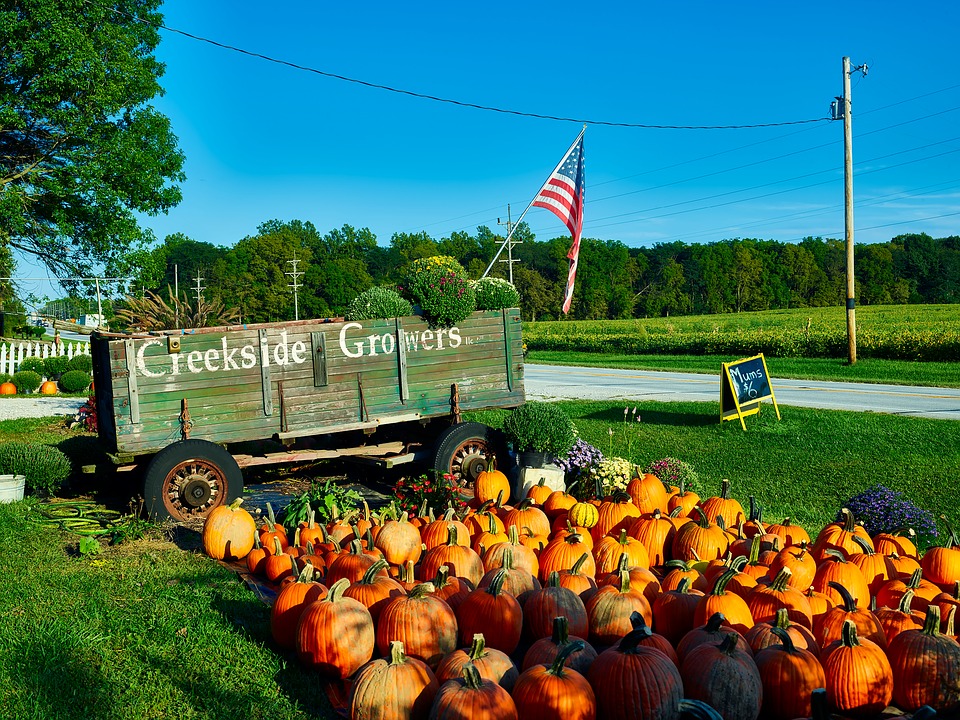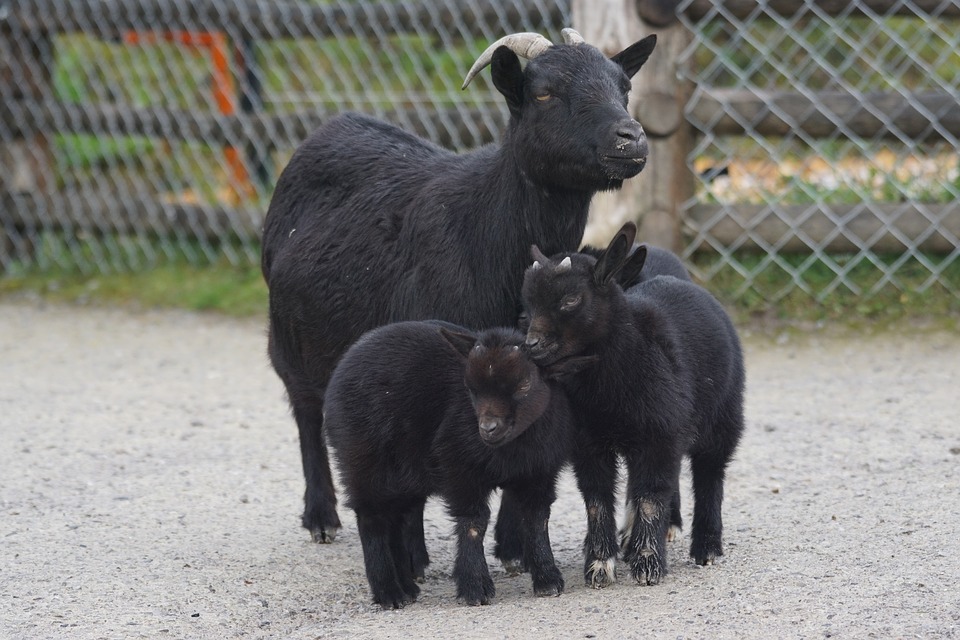Modern agriculture is leaps and bounds different than it was 50 year ago. Poultry production in the United States and around the world has changed dramatically to keep up with rising demand for protein. Poultry is extremely efficient in converting feed into meat protein.
Large scale poultry production got it’s start on the Delmarva Peninsula in the 1920’s. In the United States most production is centered in the Southeast and Mid-Atlantic states.
Contract Production
Today nearly all commercially grown broilers, birds raised for meat, is grown on contract farms for large intregators, such as Tyson and Perdue Farms.
The companies control the genetics, birds, feed, medications. Contract growers in turn supply the housing, land, and utilities to raise the birds until they are ready to harvest, at which time they are transported to the companies proccessing facilities. Afterwards the company determines where and how they are marketed and sold to the end consumer.
Pros
- The grower is able to concentrate on bird care and well being solely.
- Growers don’t have to worry about marketing and/or selling the final product.
- Processing is handled by the Integrator.
- Genetics, technical know-how, and veterinary care is overseen by company representatives.
- Can provide a stable income higher than other farm enterprises once the buildings are paid off.
- Can help stabilize the end price when market prices for finished products fluctuate downward.
Cons
- Growers must invest heavily in production facilities that can run into the millions of dollars and ties up farm equity for many years.
- Growers have very little room to deviate from company required grow out standards, meaning they are basically hired labor to raise birds instead of independent business owners.
- Companies often require costly facility upgrades that often keep growers deep in debt with no choice but to continue raising birds for said company.
- High capital investment is tied up in buildings can be a risky venture for growers.
- Fewer companies in a given region can mean growers have no other choice of who to work with. One company may be the only integrator they have access to.
- Grow out facilities are built for a single use and offer few other options should a grower lose a contract.
According to USPOULTYRY.COM over 9 billion bird were raised for meat. These equated into over 58 billion lbs of meat.
Alternative Production
A push from smaller farms to diversify lately has lead to more smaller, less cash intensive production. Growing smaller numbers of birds to be sold direct to the consumers has become popular addition to many farms.
Broilers can be raised similar to commercial producers, indoor confinement, or on pasture, or a combination of both.
Raising chicken, both for meat and eggs, has been a staple of many small farms for generations. If your looking into getting into the business, be sure to do your homework before you decide what you want to accomplish.
Becoming a contract grower will take a large amount of money to start with. Smaller direct to consumer operations can start with minimal amount upfront and grow as time and money allows.




Leave a Reply